
The PDC website and the different webcasts can be found here:
www.microsoftpdc.com
Useful information, experiences, concepts, tips and tutorials on current and upcoming Microsoft .Net software development technologies and environments from my point of view as Solutions Architect.

[Event] PDC 2008 Webcast Downloads

[VS 2010] Microsoft Visual Studio 2010 CTP Download
[TFS 2010] Microsoft Visual Studio TFS 2010
[Concept] Application Security
Using Oracle Proxy Users







[Tutorial] LINQ data query language
Part 1 - Setting up a project




[Tool] LINQPad - Query Analyzer for LINQ queries


[Tool] Un-associate file types in Windows Vista






[Tutorial] ADO.NET Entity Framework
Part 5 - Updating data in the data source







[Tutorial] ADO.NET Entity Framework
Part 4 - Creating inherited entities








[Tutorial] ADO.NET Entity Framework
Part 3 - Accessing data and using LINQ (2/2)

[Event] Winwise Solutions Conference 2008
The first example shows how to easily display information from within the DB with very little code.





[Tutorial] ADO.NET Entity Framework
Part 2 - Accessing data and using LINQ (1/2)
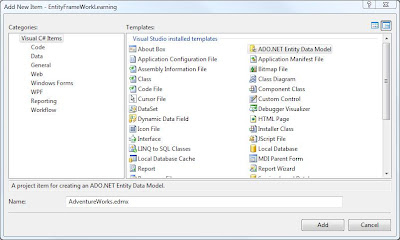

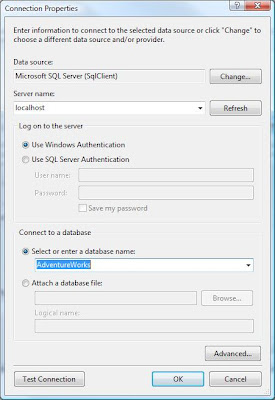
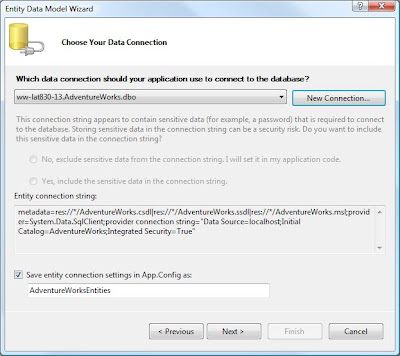
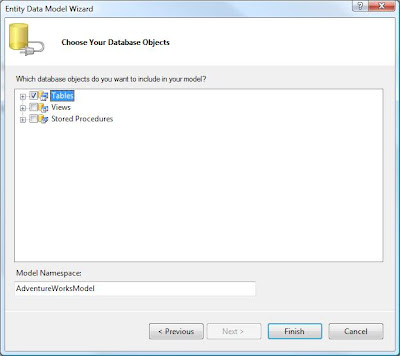
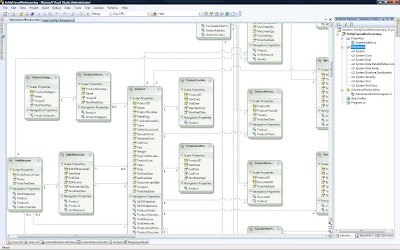

[Tutorial] ADO.NET Entity Framework
Part 1 - Setting up a project









